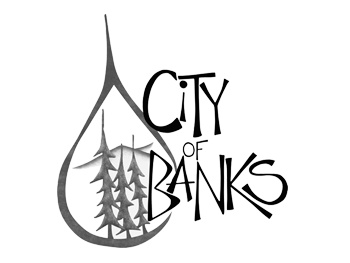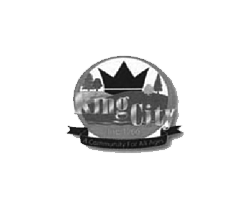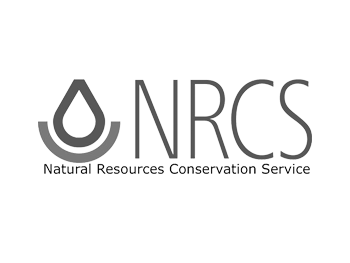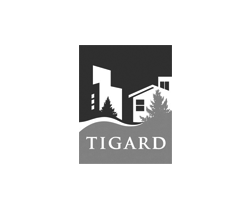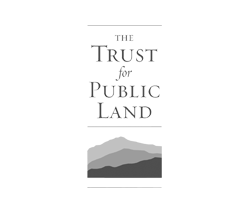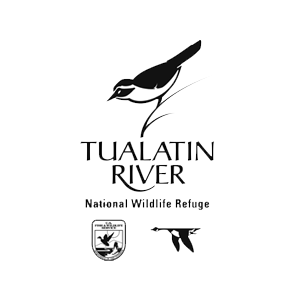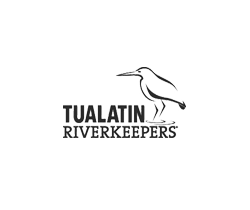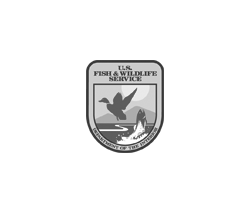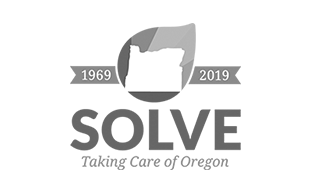Volunteer birders participated in Portland Audubon-led bird surveying at Fernhill.
Cinnamon Teal - Photo by Haley Crews
Tree for All partners Portland Audubon and Clean Water Services recently reported promising results from a five-year community science-led survey measuring the richness and abundance of native bird species at Fernhill.
Nearly a decade ago, Clean Water Services began ambitious habitat restoration work at Fernhill. Their mission was to transform the 90-acre site from obsolete sewage ponds into a native wetland habitat designed to treat wastewater naturally while simultaneously restoring natural bird and wildlife habitat. The City of Forest Grove was also an important stakeholder during the planning process.
The site’s transformation included planting more than 750,000 native wetland plants and three billion seeds, as well as placement of more than 180 logs and snags to create habitat and perches for birds and other wildlife. You can read more about that work on the Fernhill Tree for All case study.
In 2015 Clean Water Services sought out assistance from an organization with expertise in bird biology and community organizing to assist in measuring the impact of its restoration efforts on bird populations at Fernhill. Portland Audubon was an ideal partner in this work.
“Portland Audubon’s skill in setting up a monitoring protocol and analyzing the data, and their ability to muster a cadre of expert birders from the community to commit to performing five years of monitoring has been invaluable. It has been great to have such a well-respected, impartial partner evaluate the changes. ”
Over the past five years, Portland Audubon has conducted formal bird surveys at Fernhill, examined historic eBird data and engaged local birders in community science to monitor bird activity.
Here are some of the partners’ key findings:
Green Heron - Photo by Candace Larson
Richness
The number of different bird species has increased significantly each season since restoration work was completed. This indicates that improved habitat complexity has enabled increasing numbers of bird species to benefit during migration and spring and summer breeding seasons.
Abundance
Overall bird abundance, or total number of birds—including dabbling ducks, grebes, rails, songbirds and wading birds—has increased substantially since restoration was completed.
While overall abundance has increased steadily, species that depend on large water bodies (like obsolete sewage ponds) including gulls and terns have decreased since those artificial ponds were removed.
“We hope our findings will inspire other people across the country and in other parts of the world to consider this approach to wastewater treatment and habitat restoration. This is an excellent example of how green infrastructure can benefit wildlife and humans alike.”
Audubon Portland leads community science bird count efforts across Washington County and throughout the region. Learn more about their Washington County Greenspace Bird Surveys at Fernhill, PCC Rock Creek and new efforts at Cook Park here.
Interested birders are invited to Portland Audubon’s upcoming Cook Park Community Science Training on Wednesday, March 17 from 6-7 p.m. Learn more and sign up.
For more information on the research process and findings, check out Audubon Portland’s 2015-2020 Fernhill Results Technical Report.





